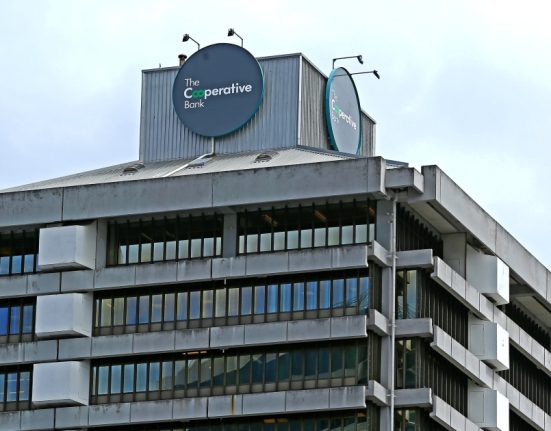Stock futures were little changed on Tuesday evening, after investors began the second half with a reduced appetite for technology stocks.
Futures tied to the Dow Jones Industrial Average added 10 points. S&P 500 futures were marginally higher, while Nasdaq 100 futures advanced 0.07%.
In regular trading, the blue-chip Dow advanced 400 points, while the S&P 500 slipped 0.1%. The Nasdaq Composite lost 0.8% as traders shunned the high-flying tech stocks that drove the market’s second quarter rebound.
The information technology sector of the S&P 500 – whose constituents include Nvidia, Palantir and Advanced Micro Devices – lost more than 1% on Tuesday, as did the communications services sector. Instead, investors gravitated toward health care and materials names. Gains in Amgen, Johnson & Johnson and UnitedHealth lifted the 30-stock Dow.
Elsewhere, President Donald Trump’s tax-and-spending bill narrowly passed the Senate on Tuesday. The measure will return to the House, where there are still hold-outs among GOP lawmakers.
“We expect to see more volatility in fixed income, even once they get the bill passed, whatever that looks like,” said Jose Rasco, HSBC Global Private Banking and Wealth Management Americas CIO on “Closing Bell: Overtime” “That’s going to bleed over into the equity markets.”
Still, this turbulence is likely to be short-lived, he said. “Once these things get resolved and once the [Federal Reserve] gets back in gear, there’s a lot of upside here,” Rasco said.
Traders are also looking for any progress on trade deals as Trump’s 90-day pause on his sharpest tariffs is set to expire next week.
On the economic front Wednesday, investors await ADP’s private payrolls report due before the bell. Economists polled by Dow Jones anticipate that private employers added 120,000 jobs in June, up sharply from the gain of 37,000 in May.
The main event in this holiday-shortened week will be June’s big jobs report, due Thursday morning.
Short sellers have lost a combined $300 billion since the April lows, S3 Partners says
Short sellers have lost $300 billion or 22% since the stock market bottom on April 8, according to S3 Partners, a researcher that specializes in tracking short selling.
Over the same time, the S&P 500 and Russell 3000 indexes have each risen 24% while the Nasdaq Comppsite is higher by 33%, S3 said.
Those hots notwithstanding, short interest, is still up by $139 billion or 10.5% in 2025, according to figures from Ihor Dusaniwsky, S3’s head of predictive analytics. By sector, the largest losses since the April bottom (through Friday, June 27) came in technology, down $105 billion, consumer discretionary (-$41 billion) and industrial stocks (-$37 billion). By company, the largest losses in dollar terms were in Nvidia, Tesla and Microsoft.
The most profitable trades for short sellers since the April low came in UnitedHealth Group, Sarepta Therapeutics and Bristol-Myers Squibb.
— Scott Schnipper
Centene stock plummets after hours
Healthcare stock Centene pulled back more than 20% in extended trading on Tuesday, after the company said it was withdrawing its full-year outlook.
Shares have slipped more than 6% in 2025.
— Brian Evans
Stock futures are little changed
Stock futures were little changed on Tuesday, after investors took a breather from technology stocks during regular trading hours.
Futures tied to the Dow Jones Industrial Average slipped 9 points, or 0.02%. Nasdaq 100 futures lost 0.03%, while S&P 500 futures ticked down 0.04%.
— Brian Evans






